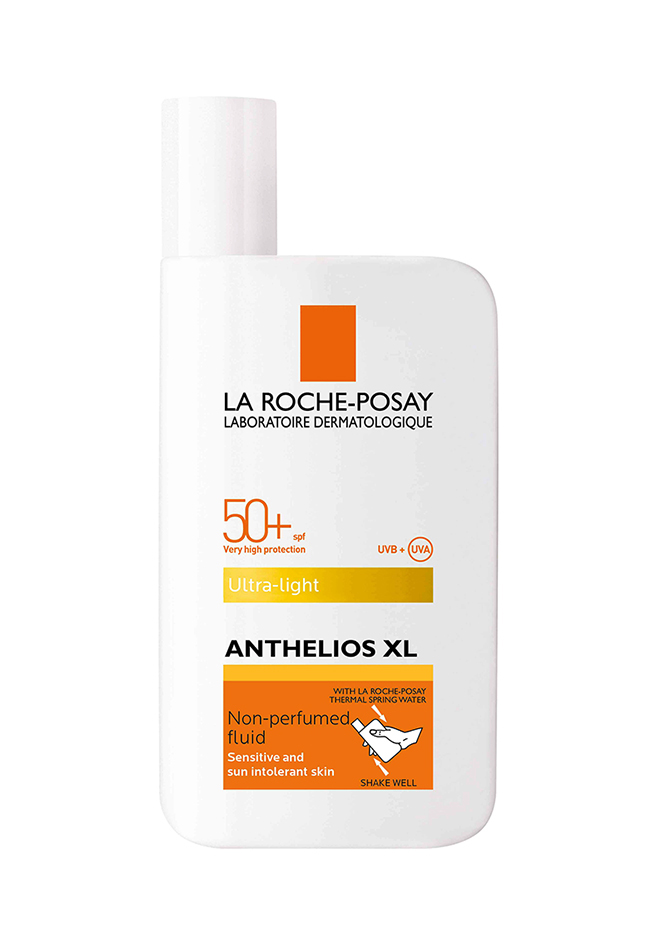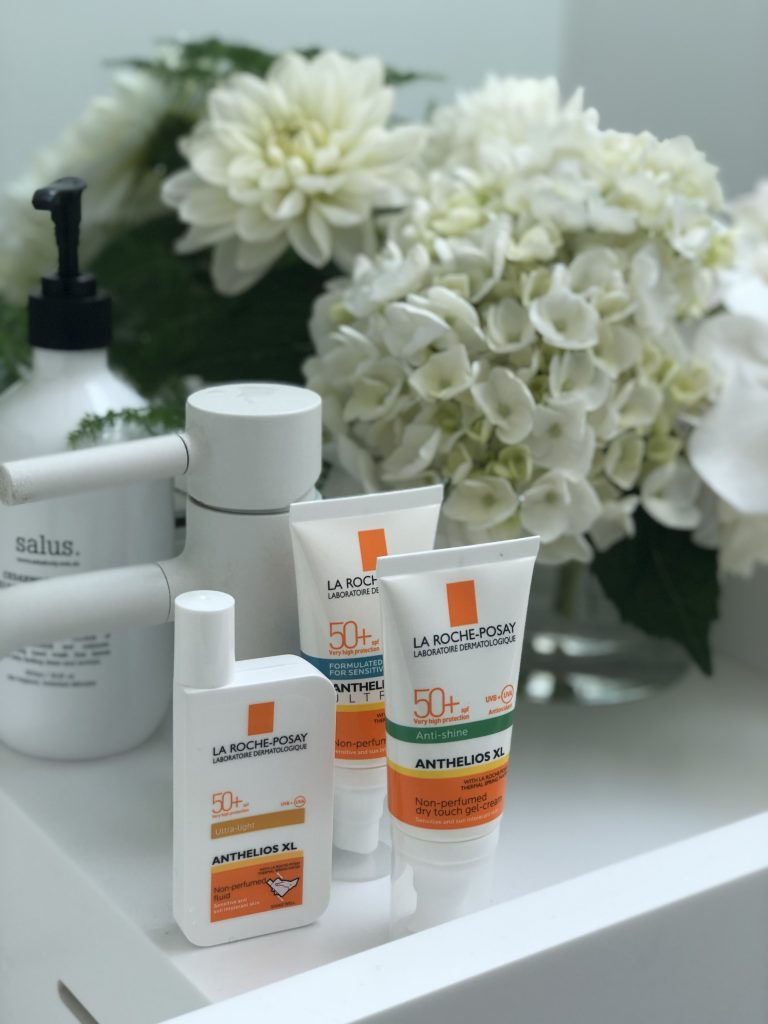We’re in the midst of summer and it’s definitely a time of year where we’re more mindful of the need for sunscreen but did you know that you should wear sunscreen all 365 days a year? Do you know there are different types of sunscreen? We breakdown what you need to know about sunscreen with skin expert for La Roche-Posay, Pablo Fernández Peñas, Professor in Dermatology at The University of Sydney, Senior Medical Practitioner at Westmead Hospital and Director of the Centre for Translational Skin Research.
Why is it important to wear sunscreen every day?
Your skin is harmed by sun exposure. Cumulative sun exposure produces ageing of the skin and skin cancer even if you never sunburn. To reduce this damage, wearing a high SPF, broad spectrum sunscreen should be part of your daily skincare routine.
There is a lot of talk of UVA and UVB rays. Can you tell us why we should care about both types of rays?
UVA has a longer wavelength so penetrates further into the skin. It also travels through glass and cloud cover, damaging collagen and contributing to premature ageing. UVB only penetrates through to the superficial skin layers and does not cross glass. It is the primary cause of skin reddening and sunburn. However, both UVA and UVB can cause damage to the skin’s cellular DNA that can lead to skin cancer.
What is the difference between physical and chemical sunscreen? Should we favour one or the other?
Physical Sunscreens are mineral based, tend to sit on top of the skin and deflect UV rays. Chemical sunscreen absorbs into the skin, absorbs UV rays, and converts the rays into heat (and no, we can’t feel this heat, the amount is very low to create any symptom or damage).
Physical sunscreen may be less irritating for sensitive skin; however, they can be quite heavy and difficult to blend into the skin. Chemical sunscreen is a better option if you want a sunscreen that absorbs quickly, especially if you play sports or sweat during the day.
Do all sunscreen’s suit all skin types? What would you recommend for sensitive skin, combination, oily and dry skin?
Not all sunscreens suit all skin types. The vehicle or formulation is the critical aspect of sunscreens. If you’re unsure, you can test some on the inner side of your elbow for a few days, and if you don’t develop a reaction, it is usually okay to use. In general, you want to look for a formulation that is fragrance-free, noncomedogenic (won’t clog pores), has an SPF50+ and is broad spectrum. For sensitive skin, look for a product that is allergy tested; for oily skin, look for a lightweight, mattifying texture and for dry skin look for a product that also contains glycerin to moisturise and hydrate.

La Roche-Posay has a great reputation in the market as one of the leading nourishing texture brands for sun care. What makes it so?
La Roche-Posay’s Anthelios SPF 50+ range offers high UVA and UVB protection for all skin types, particularly sensitive and allergic skins. All Anthelios products are dermatologically tested, with formulas for normal (Anthelios XL Ultra-Light Fluid SPF 50+), oily (Anthelios XL Anti-Shine Dry Touch SPF 50+) and dry skin (Anthelios Ultra Cream SPF 50+).
As well as with offering high broad spectrum protection, it also has an flawless texture. Texture, is critical when recommending a sunscreen. As a dermatologist, I always say the best sunscreen is one the patient will actually use. La Roche-Posay’s Anthelios range is lightweight and comfortable enough to wear year-round, even under makeup. Many patients talk highly about La Roche-Posay’s products and it is a brand that I recommend, but I remind my patients that they are unique and their experience with topical products is also unique.
To find out more about La Roche-Posay’s range of suncare visit https://www.laroche-posay.com.au/


Leave a Reply